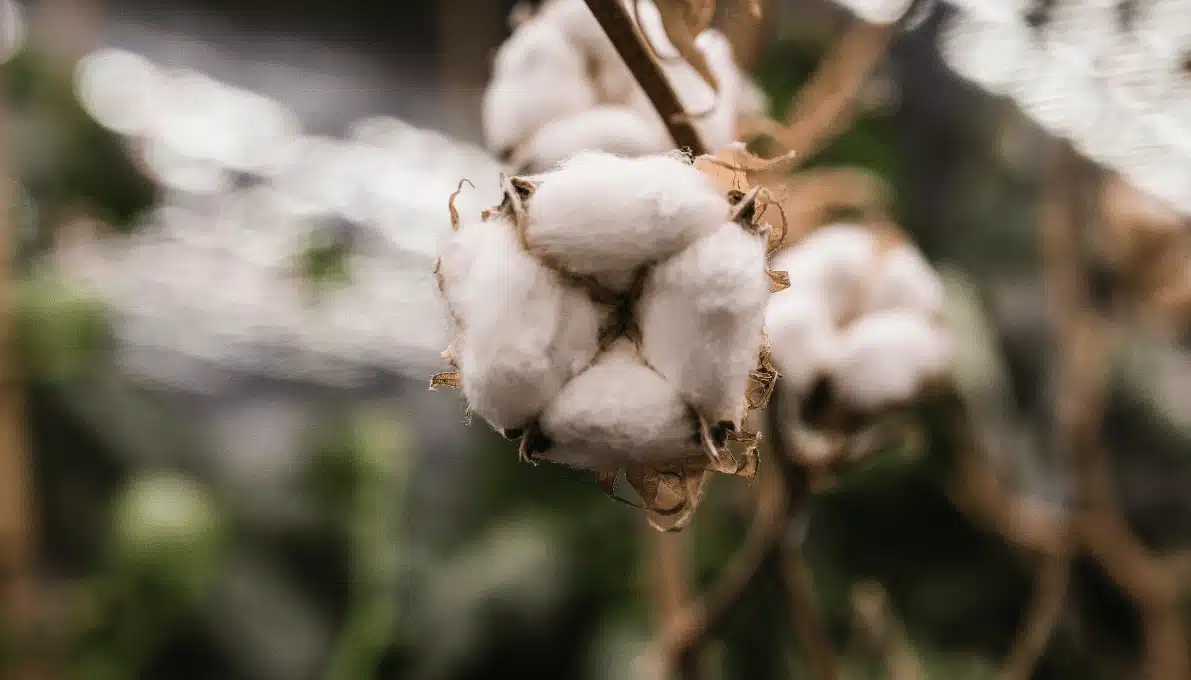Key Takeaways:
- Gooddrop Ltd has unveiled the first garment made from cotton grown in the UK, produced at its vertical farming R&D facility.
- The fibre was harvested in August 2025 and transformed into a finished garment in just over four weeks.
- The project demonstrates Gooddrop’s mission to create a traceable, regenerative, and hyper-local cotton system.
- Sustainable couture label TAMMAM partnered with Gooddrop to design and present the one-of-a-kind garment on the London runway.
- The unveiling marks a milestone in British textiles and regenerative fashion.
Gooddrop: Cotton Harvested and Transformed in Four Weeks
Gooddrop Ltd, a vertical farming company specializing in sustainable cotton, announced the creation of the first garment made from cotton grown in the UK. The fibre was harvested at the company’s research and development facility at the University of Nottingham’s Sutton Bonington campus in mid-August 2025.
The fibre then moved rapidly through the supply chain: it was ginned in Hull, spun in Switzerland, woven in Austria, and finished and sewn in London — culminating in its catwalk debut on September 21, 2025. The resulting fabric is raw, unbleached, and compostable, symbolizing Gooddrop’s vision for a closed-loop textile economy.
“This is a turning point for cotton,” said Simon Wardle, CEO and co-founder of Gooddrop Ltd. “For centuries, the UK has imported fibre at vast environmental and social cost. With these three years of development culminating in this moment, we’ve proven it can be grown here, sustainably. We’re showing what’s possible when you reimagine cotton supply chains for the 21st century.”
Collaboration with TAMMAM
To showcase the prototype, Gooddrop collaborated with sustainable couture label TAMMAM. The atelier designed a unique piece using the fabric, presented on the London runway.
“Fashion has the power to tell stories of change,” said Lucy Tammam, founder of TAMMAM. “By bringing Gooddrop’s cotton to the runway so quickly, we’re proving beauty and sustainability can exist hand in hand — and inspiring a future where couture and conscience align.”
Gooddrop's Vertical Farmed Cotton: A Milestone for British Textiles
The unveiling represents the first UK-grown cotton garment, achieved through vertical farming and collaborative supply chain innovation. Gooddrop’s approach highlights the potential for regenerative fashion and signals a new chapter for British textiles, integrating sustainability, speed, and traceability into modern garment production.



1 Comment